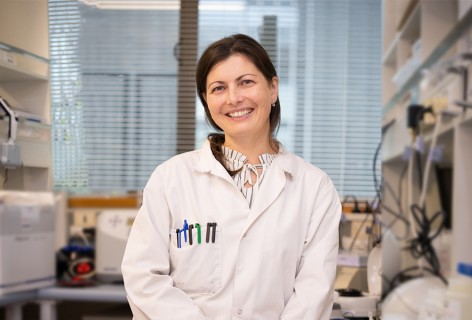Microbiome of pollinating beaks
In this section
Birds, including tūī, silvereyes, and even house sparrows are attracted to those huge, nectar-loaded flax flowers, because the nectar is full of sugar, and sugar means energy!
But all pollinators transfer much more than pollen, they also transfer microbes in all directions – in the case of birds it is from beaks and nectar to other beaks and nectar.
The more the better is the general rule for biodiversity of all sorts. Which simply means the more species there are in a given environment, the healthier it is. Green cities with lush colourful gardens, especially those on the outskirts of urban areas tend to be hot spots, just as much as rural areas, for birds, insects, plants, and – as it turns out – for microbes.
But it's a complicated picture.
First, nectar is a very specific substance: full of sugars that microbes (i.e. bacteria and fungi) really like, but too much of a good thing is bad even for the tiniest of organisms, so only certain microbes can survive in it.
Secondly, in some rather mysterious ways, plants also have a say about which microbes they wish to keep in their nectar.
Therefore, not every microbe deposited in nectar will survive, but which ones? It's also likely nectar in suburbia potentially could have more diverse microbes than nectar in rural areas. Being scientists, Marion Donald, Manpreet Dhami, Ana Podolyan, and their collaborators at the University of Auckland and Auckland Museum had to find out the answers to these questions.
After they gently caught (and then, of course, released) tūī, silvereyes, and house sparrows they caught in Auckland using lightweight nets, they sequenced what they sampled from the birds' beaks, and did some serious statistical analysis.
Their results showed the following:
- Bacterial populations were more diverse in suburbia, and fungal populations were not.
- Bacterial populations seemed to depend on the plant species and fungal populations did not.
Marion says these results confirmed the known facts that fungi are very mysterious and independent organisms and bacteria are more extroverted. “It also helped us to understand how urbanisation affects biodiversity. For example, birds, plants and microbes are interdependent and human decisions can shape nectar microbial diversity in contrasting ways for bacteria and fungi," she says.
If you are curious about the taxonomic turnover and relative abundances there is plenty to read here. If you are more of a practical type eager to boost bacterial biodiversity in your suburbia – the team say get a sugar-water feeder on your property.
PS No birds were hurt in the making of this experiment.
Key contact














